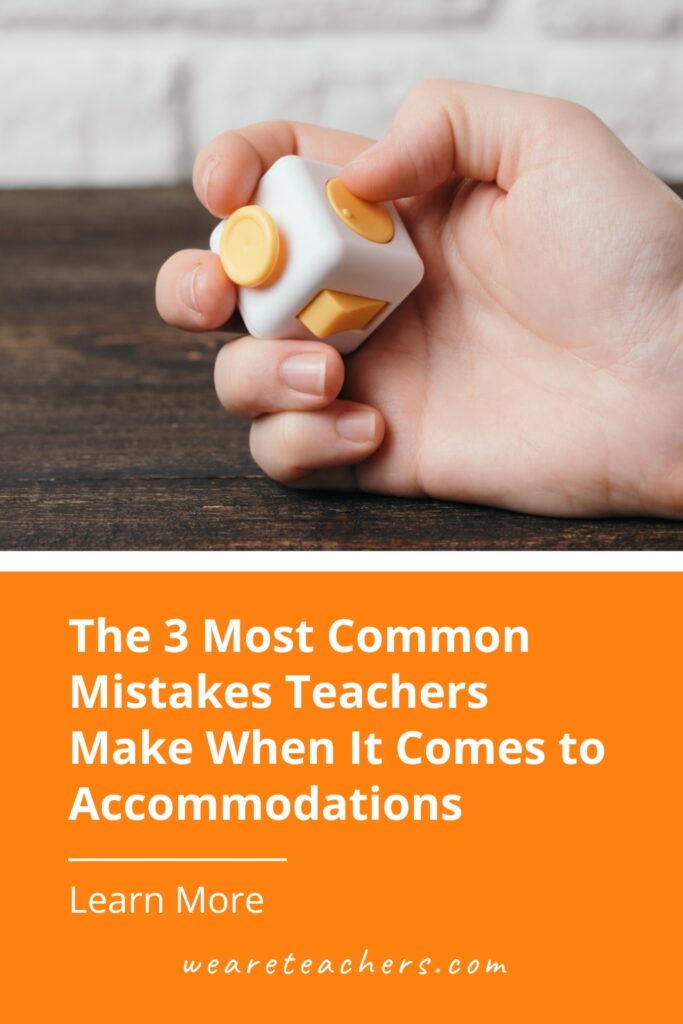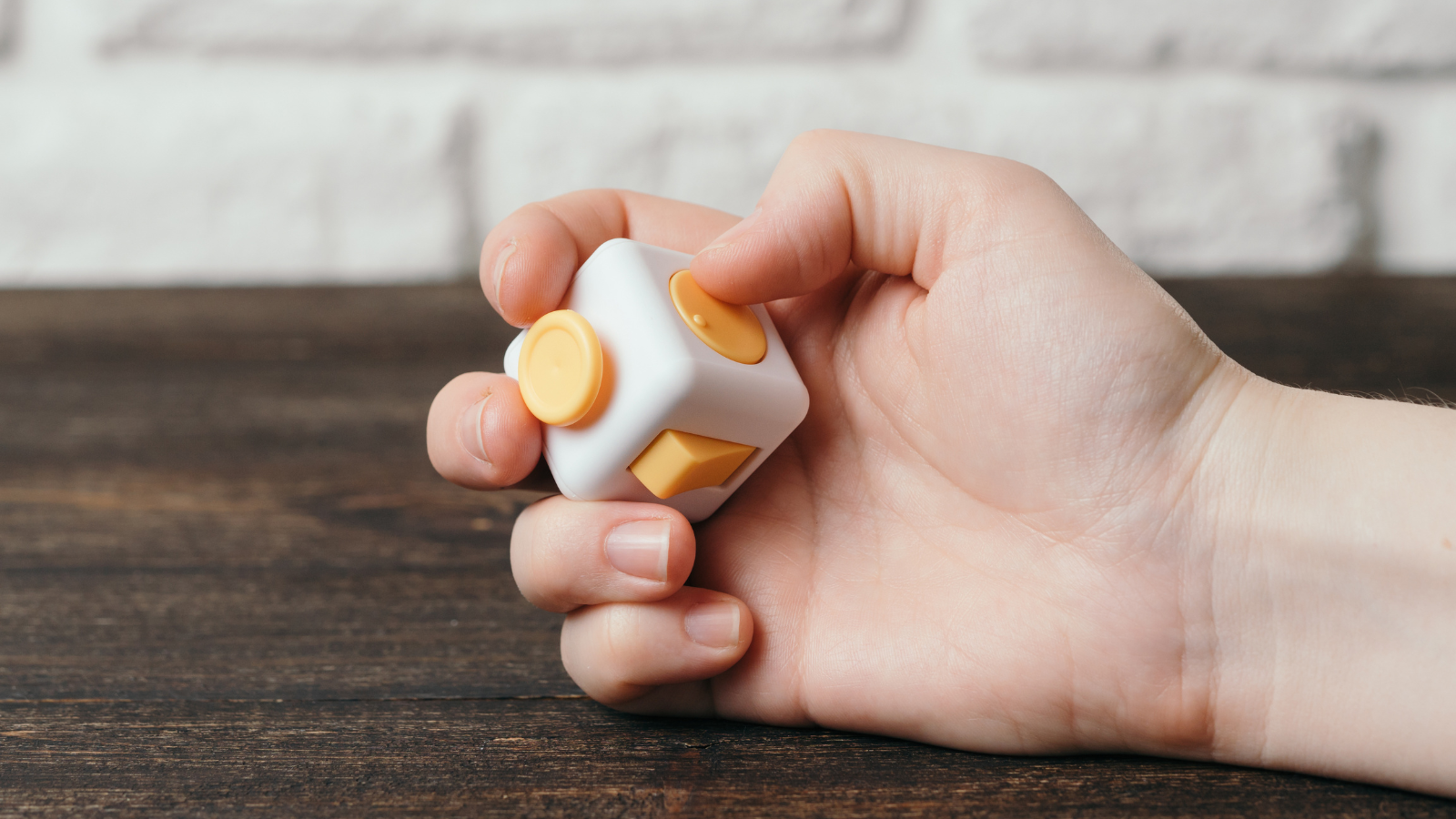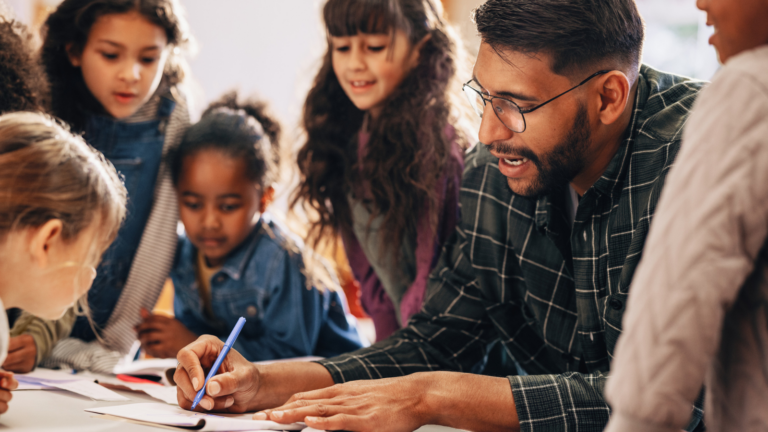As we head into winter, we’ve likely established solid routines in the classroom. Our students know the expectations and rules of the classroom. We have built rapport with our students and families. Likely, we’re familiar with the accommodations that help support individual students to learn best. At this point in the year, we can get comfortable with “cruise control” and forget that individuals change and grow every day, moment to moment. For this reason, accommodations may or may not be effective as the school year progresses.
This is a great time for an accommodations refresh.
To review, an accommodation is an “alteration of environment, curriculum format, or equipment that allows an individual with a disability to gain access to content and/or complete assigned tasks” (Do-IT, 2022). Accommodations focus on providing supports for how students learn. However, they do not change what students learn (changing what students learn is a modification). Typically accommodations are written for specific students in legal documents, such as Individualized Education Plans (IEPs) or 504 plans. Since IEPs and 504 plans are written annually, it is easy to forget details about accommodations as the school year progresses.
Below are three common mistakes we make when implementing accommodations for our students:
1. Not thoroughly understanding the purpose of the accommodation
What this might look like: A teacher implementing the accommodation of eliminating visual clutter but not knowing if this is for a visual disability (such as cortical visual impairment) or an attention-based disability (such as ADHD).
Accommodations are implemented for a wide variety of reasons. Therefore, the same accommodation could be used for a different purpose from one student to the next. For example, an audio version of a text may be used for a student with a visual disability. But it can also be used for a student with a learning disability, such as dyslexia, who benefits from hearing a text.
Understanding the purpose of the accommodation allows us to monitor the effectiveness of that accommodation. This information may be found in a student’s IEP/504 plan or by consulting with the special education teacher, support staff, family, or the student themselves. Identifying the purpose of the accommodation can help us ensure proper support for the student.
2. Not consistently implementing the accommodation across settings
What this might look like: Providing preferential seating in the classroom but not communicating this need to specials teachers, such as in art or music class.
You may have heard the saying “special education is a service, not a place.” This also holds true for accommodations. Accommodations are only effective if they are applied consistently throughout all disciplines across the school day. This may include lunchtime, recess time, and specials.
Some teamwork is required to make sure this happens. We can work together with special education teachers, specialists, paraprofessionals and support staff, and specials teachers to make sure that accommodations are consistently implemented across the school day and in the same manner by all staff members.
3. Not frequently evaluating the effectiveness of the accommodation
What this might look like: Providing a fidget object to a student at the beginning of the year to support attention but not taking data/following up on the effectiveness of this accommodation throughout the year.
We begin implementing accommodations for students at the beginning of the school year or when an IEP/504 plan is established. However, human beings and environments change over time. We may rearrange our classroom or create a new seating arrangement. Or our students’ needs may change over time (especially with dynamic disabilities and progressive disabilities). Thus, it is critical to frequently evaluate the effectiveness of accommodations. We can use a variety of tools to do this, such as data collection, consulting other members on the student’s team, and, most importantly, asking the student. Although IEPs/504 plans are reviewed annually, you can request a meeting if you notice significant changes that should be made to optimize student success. Remember, accommodations help students access material. So we need to make sure that students have the proper supports in place in order to successfully engage with the material and ultimately learn.
Understanding how and why we implement accommodations for specific students ensures that all of our students have the support they need in order to learn. It’s also incredibly beneficial to consult with special education teachers, physical therapists, occupational therapists, speech language pathologists, and school social workers, who can help us understand certain accommodations that may be new to us and our students. Accommodations are not one-size-fits-all and mistakes will be made along the way. And that’s OK! Just like our students, we’re learning too.
Resources
- Center for Parent Information & Resources: Accommodations in Assessment for Students With Disabilities
- IRIS Center: Understanding Accommodations
- Reading Rockets: Accommodations for Students With Learning Disabilities
- Understood.org: Common Accommodations and Modifications in School
- We Are Teachers: 80+ IEP Accommodations Every Special Ed Teacher Should Bookmark
For more articles like this, be sure to subscribe to our newsletters.


